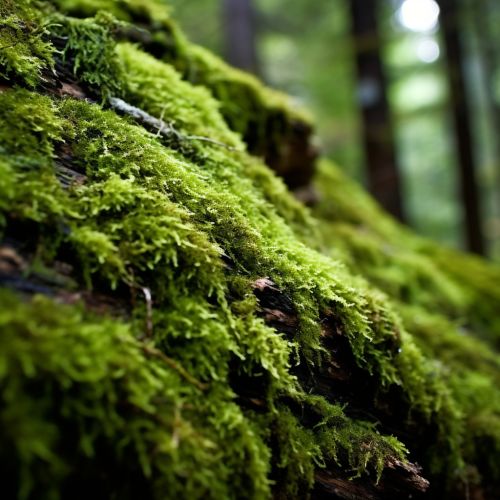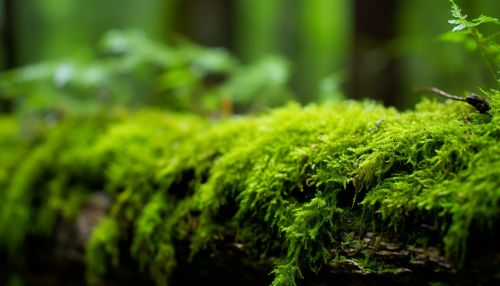Bryophyte Conservation
Introduction
Bryophyte conservation refers to the efforts and measures taken to protect and conserve bryophytes, a group of non-vascular plants that include mosses, liverworts, and hornworts. These plants play a crucial role in maintaining the ecological balance and are often used as indicators of environmental health due to their sensitivity to changes in environmental conditions. Despite their importance, bryophytes face numerous threats, including habitat destruction, pollution, and climate change, necessitating concerted conservation efforts.


Bryophytes: An Overview
Bryophytes are among the simplest and most primitive of land plants, having evolved over 400 million years ago. They are characterized by their lack of vascular tissue, which means they do not have specialized structures for the transport of water and nutrients. Instead, they rely on direct absorption from their surroundings. Bryophytes reproduce via spores rather than seeds and have a unique life cycle that involves alternating generations between a haploid gametophyte stage and a diploid sporophyte stage.
Importance of Bryophytes
Bryophytes play several critical roles in ecosystems. They help in soil formation and stabilization, preventing erosion by binding the soil particles together. Bryophytes also play a significant role in nutrient cycling, particularly in forest ecosystems, by absorbing nutrients from rainfall and releasing them slowly over time. They provide habitat and food for a variety of organisms, including insects, birds, and small mammals. Furthermore, bryophytes serve as bioindicators, providing valuable information about the health and integrity of ecosystems.
Threats to Bryophytes
Bryophytes face numerous threats, the most significant of which is habitat destruction. This can occur due to deforestation, urbanization, agriculture, and other human activities. Pollution, particularly air pollution, can also adversely affect bryophytes, as they absorb water and nutrients directly from their surroundings. Climate change poses another significant threat, as changes in temperature and precipitation patterns can alter the habitats of bryophytes, potentially leading to local or even global extinctions.
Conservation Strategies
Conservation strategies for bryophytes include both in-situ and ex-situ methods. In-situ conservation involves protecting the natural habitats of bryophytes, which can be achieved through the establishment of protected areas, sustainable land-use practices, and habitat restoration efforts. Ex-situ conservation involves the preservation of bryophytes outside their natural habitats, such as in botanical gardens or seed banks. Research and monitoring are also crucial for effective bryophyte conservation, as they help in identifying threatened species and understanding their ecological requirements.
Conclusion
Bryophyte conservation is a critical aspect of biodiversity conservation. Despite their small size and simple structure, bryophytes play a vital role in maintaining ecological balance and indicating environmental health. However, they face numerous threats, necessitating effective conservation strategies. By protecting bryophytes, we not only preserve these fascinating organisms but also the health and integrity of our ecosystems.
